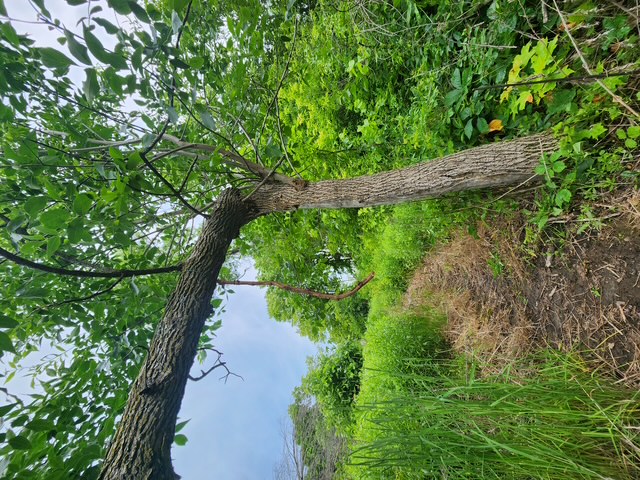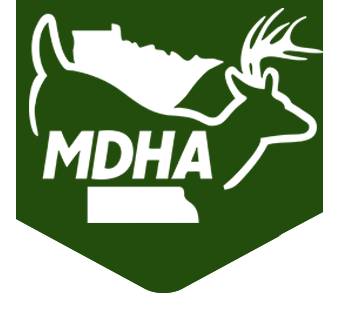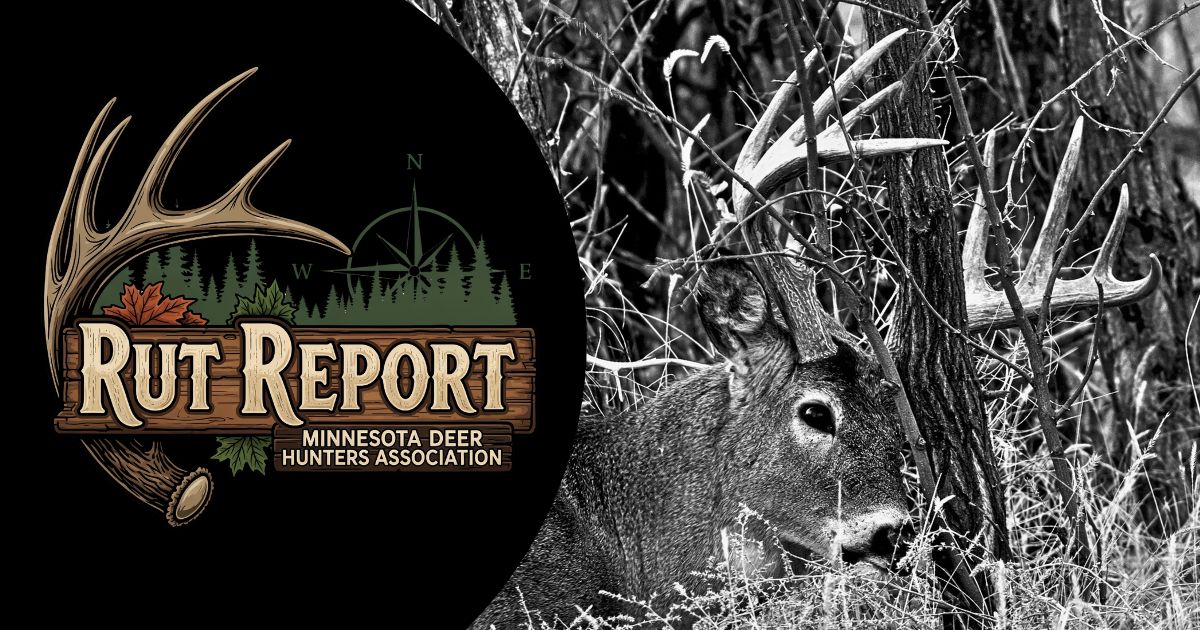
- Sam Tumberg
- From Whitetales
- Hits: 2128
Setting up Deer Travel Corridors
- Sam Tumberg
- From Whitetales
- Hits: 2128
I will always say that the biggest game changer you can make on your hunting property is doing the hands-on work to build up the deer habitat. There are countless things you can do in your timber and fallow areas to increase the carrying capacity on the piece of dirt you control. But, creating great deer habitat in and of itself doesn’t necessarily mean you’ll create great bow hunting opportunities. There are things you can do to make the deer habitat on your hunting property hunt effectively. That’s where travel corridors come in.
Travel corridors are simply man-made deer trails to guide and direct deer movement into a particular location. They are a micro-management tool bowhunters can utilize to increase their overall chances of success.
The first thing you should consider with travel corridors is location. There are many different terrain features that set-up well for deer travel corridors. Locations where two habitat types meet or locations with deer friendly topography are great spots for deer travel corridors. These can be the transition areas between a swamp and hardwoods, a long-running ridgetop, a saddle between two ridges, the base of a ridge, a bench along a ridge, the transition areas between a hardwoods area and a fallow field, the backside of a feathered-edge along a food plot, an elevated area between two marshes, the eastern side of a known bedding area, etc.
When creating travel corridors, I will clear a trail two to three feet wide. Generally, I go down the trail first with my chainsaw to clear any of the larger logs or branches. Then I’ll go back down the trail with my Stihl FS-131 string trimmer with a brush head on it to cut back the smaller saplings.

You don’t want to create your trails much wider than three feet, if they get too wide mature bucks will tend to avoid them. I like to pull the trails through the edges of thick cover, if possible, to give the deer the feeling of security. Always make sure the deer have plenty of jump off locations so they never feel boxed in. If your trail feels too much like a tunnel, the deer will start to avoid it. My trails are also never perfectly straight, but rather wind their way through the timber.
In early June, I’ll walk down my travel corridors with my backpack sprayer and spray them down with the herbicide “Ground Clear.” This herbicide has up to a 1-year residual effect which will keep your trails free of plant growth. Deer love bare dirt trails.
As I create my travel corridors, my objective is to guide the deer movement within bow range of a stand. I want that trail to pass by my stand 15-20 yards away, setting up the perfect bow shot. There are often times where I’ll converge multiple travel corridors in front of a bow stand. To add a little extra incentive for the deer to stop, I’ll hang a licking vine at the point where the travel corridors converge and/or sink in a water tank. I do this to get the deer to stop, presenting myself with a shot opportunity.
I’m big on hunting cold fronts so I’m setting these travel corridors up with the weather in mind. The predominant wind during a cold front is generally some type of NW wind. Knowing this, I’m setting my travel corridors up so the deer don’t end up downwind of me when I’m hunting.
There are also times where I’ll have a forestry mulcher come onto a property and mulch in potential travel corridors. This works well on properties where I'm looking to find spots to add more food. Once the trails are cleared, I’ll seed them down with a combination of white Dutch clover, ladino clover, and chicory. This fairly shade tolerant blend works great on mulched trails.

Keep in mind when the trails are this wide, does, fawns, and yearling bucks will likely be the primary users of these trails. But, that doesn’t mean mature bucks won’t relate to them. Mature bucks will normally set up their own sneak trails just off these mulched trails that can still create predictable movement during the rut.
Years ago I had a client shoot a great buck where two seeded mulched trails converged. The buck stayed about five yards from these trails and presented my client with a shot right where the mulched trails intersected.
So, if this is new to you, take a little time this year and lay out a road map for the deer on your property. Micro improvements like this can definitely be the difference between a punched tag and tag soup!
If you’d like to learn more about travel corridors or other property improvements, feel free to check out my YouTube channel and Facebook page under the title “Purpose-Filled Habitat Management, LLC”. Happy hunting!






